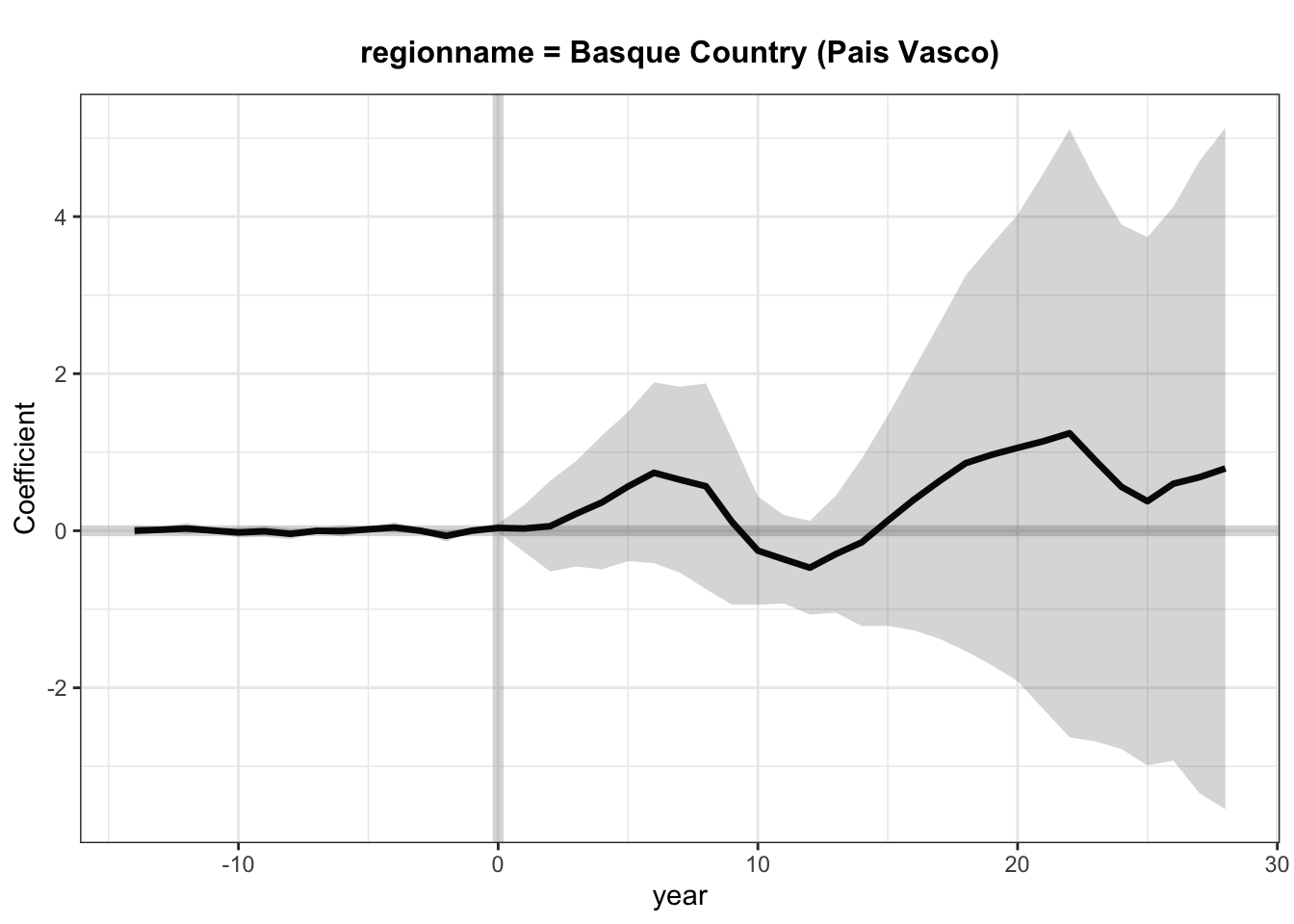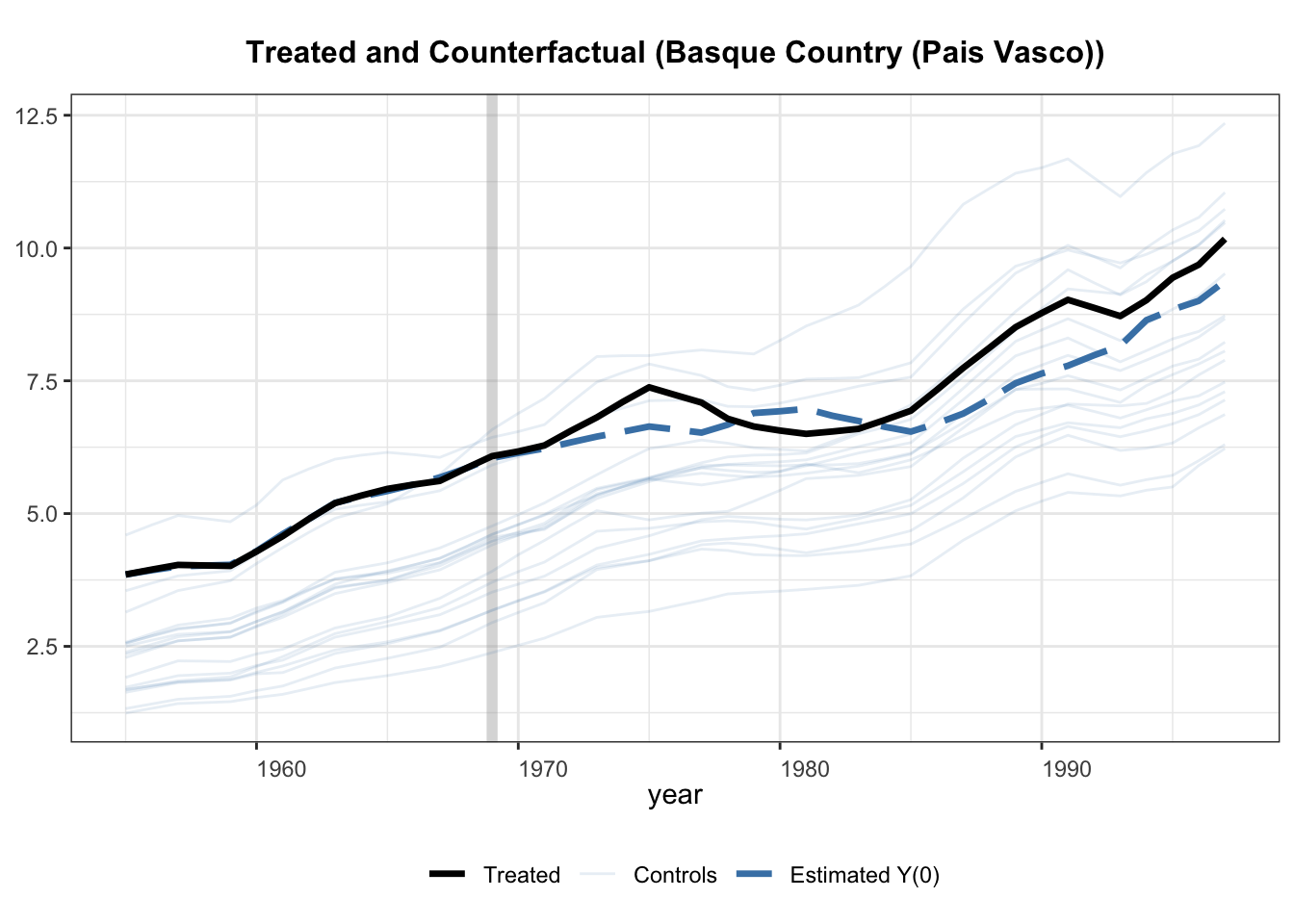Warning in quantile.default(newX[, i], ...): partial argument match of 'prob' to
'probs'
Warning in quantile.default(newX[, i], ...): partial argument match of 'prob' to
'probs'
Warning in quantile.default(newX[, i], ...): partial argument match of 'prob' to
'probs'
Warning in quantile.default(newX[, i], ...): partial argument match of 'prob' to
'probs'
Warning in quantile.default(newX[, i], ...): partial argument match of 'prob' to
'probs'
Warning in quantile.default(newX[, i], ...): partial argument match of 'prob' to
'probs'
Warning in quantile.default(newX[, i], ...): partial argument match of 'prob' to
'probs'
Warning in quantile.default(newX[, i], ...): partial argument match of 'prob' to
'probs'
Warning in quantile.default(newX[, i], ...): partial argument match of 'prob' to
'probs'
Warning in quantile.default(newX[, i], ...): partial argument match of 'prob' to
'probs'
Warning in quantile.default(newX[, i], ...): partial argument match of 'prob' to
'probs'
Warning in quantile.default(newX[, i], ...): partial argument match of 'prob' to
'probs'
Warning in quantile.default(newX[, i], ...): partial argument match of 'prob' to
'probs'
Warning in quantile.default(newX[, i], ...): partial argument match of 'prob' to
'probs'
Warning in quantile.default(newX[, i], ...): partial argument match of 'prob' to
'probs'
Warning in quantile.default(newX[, i], ...): partial argument match of 'prob' to
'probs'
Warning in quantile.default(newX[, i], ...): partial argument match of 'prob' to
'probs'
Warning in quantile.default(newX[, i], ...): partial argument match of 'prob' to
'probs'
Warning in quantile.default(newX[, i], ...): partial argument match of 'prob' to
'probs'
Warning in quantile.default(newX[, i], ...): partial argument match of 'prob' to
'probs'
Warning in quantile.default(newX[, i], ...): partial argument match of 'prob' to
'probs'
Warning in quantile.default(newX[, i], ...): partial argument match of 'prob' to
'probs'
Warning in quantile.default(newX[, i], ...): partial argument match of 'prob' to
'probs'
Warning in quantile.default(newX[, i], ...): partial argument match of 'prob' to
'probs'
Warning in quantile.default(newX[, i], ...): partial argument match of 'prob' to
'probs'
Warning in quantile.default(newX[, i], ...): partial argument match of 'prob' to
'probs'
Warning in quantile.default(newX[, i], ...): partial argument match of 'prob' to
'probs'
Warning in quantile.default(newX[, i], ...): partial argument match of 'prob' to
'probs'
Warning in quantile.default(newX[, i], ...): partial argument match of 'prob' to
'probs'
Warning in quantile.default(newX[, i], ...): partial argument match of 'prob' to
'probs'
Warning in quantile.default(newX[, i], ...): partial argument match of 'prob' to
'probs'
Warning in quantile.default(newX[, i], ...): partial argument match of 'prob' to
'probs'
Warning in quantile.default(newX[, i], ...): partial argument match of 'prob' to
'probs'
Warning in quantile.default(newX[, i], ...): partial argument match of 'prob' to
'probs'
Warning in quantile.default(newX[, i], ...): partial argument match of 'prob' to
'probs'
Warning in quantile.default(newX[, i], ...): partial argument match of 'prob' to
'probs'
Warning in quantile.default(newX[, i], ...): partial argument match of 'prob' to
'probs'
Warning in quantile.default(newX[, i], ...): partial argument match of 'prob' to
'probs'
Warning in quantile.default(newX[, i], ...): partial argument match of 'prob' to
'probs'
Warning in quantile.default(newX[, i], ...): partial argument match of 'prob' to
'probs'
Warning in quantile.default(newX[, i], ...): partial argument match of 'prob' to
'probs'
Warning in quantile.default(newX[, i], ...): partial argument match of 'prob' to
'probs'
Warning in quantile.default(newX[, i], ...): partial argument match of 'prob' to
'probs'
Warning in quantile.default(newX[, i], ...): partial argument match of 'prob' to
'probs'
Warning in quantile.default(newX[, i], ...): partial argument match of 'prob' to
'probs'
Warning in quantile.default(newX[, i], ...): partial argument match of 'prob' to
'probs'
Warning in quantile.default(newX[, i], ...): partial argument match of 'prob' to
'probs'
Warning in quantile.default(newX[, i], ...): partial argument match of 'prob' to
'probs'
Warning in quantile.default(newX[, i], ...): partial argument match of 'prob' to
'probs'
Warning in quantile.default(newX[, i], ...): partial argument match of 'prob' to
'probs'
Warning in quantile.default(newX[, i], ...): partial argument match of 'prob' to
'probs'
Warning in quantile.default(newX[, i], ...): partial argument match of 'prob' to
'probs'
Warning in quantile.default(newX[, i], ...): partial argument match of 'prob' to
'probs'
Warning in quantile.default(newX[, i], ...): partial argument match of 'prob' to
'probs'
Warning in quantile.default(newX[, i], ...): partial argument match of 'prob' to
'probs'
Warning in quantile.default(newX[, i], ...): partial argument match of 'prob' to
'probs'
Warning in quantile.default(newX[, i], ...): partial argument match of 'prob' to
'probs'
Warning in quantile.default(newX[, i], ...): partial argument match of 'prob' to
'probs'
Warning in quantile.default(newX[, i], ...): partial argument match of 'prob' to
'probs'
Warning in quantile.default(newX[, i], ...): partial argument match of 'prob' to
'probs'
























